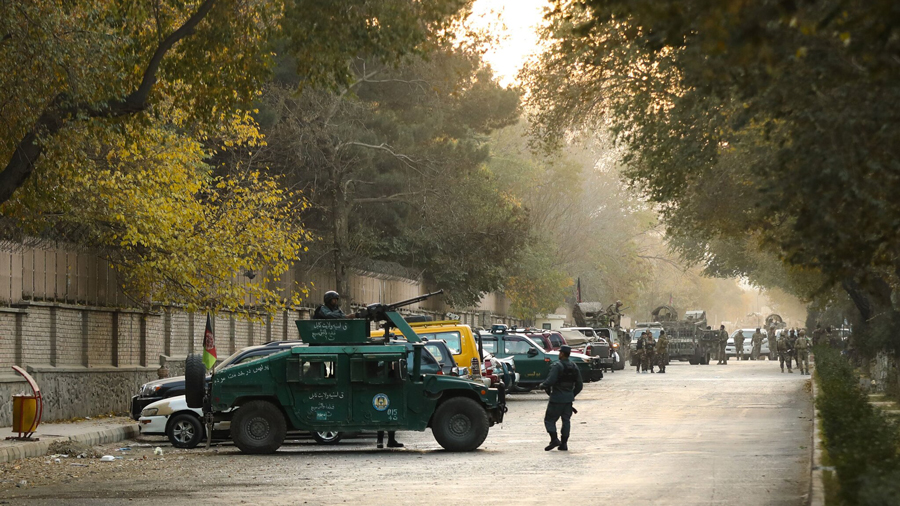Students in Kabul demanded protection from the government after gunmen attacked Kabul University in early November. The assaulters took students and teachers hostage and killed 22 people. The attack on Kabul University should not be seen as an isolated incident. It was the second strike on an education establishment in Kabul in recent times. The question is this: why are attacks on educational institutions on the rise?
The Global Coalition to Protect Education from Attack estimates that over 22,000 students, teachers and academics have been injured, killed or harmed in attacks between 2015 and 2020. In South Asia, all countries except Bhutan have experienced attacks on educational institutions. In the first decade of this century, several schools were set ablaze in Kashmir; school buildings were destroyed in the tribal areas of central India too. Nepal also witnessed attacks on private and government schools during the people’s war years of 1996-2006.
Countries ravaged by internal conflicts are being forced to confront the challenge of protecting schools and universities. Strife-torn Afghanistan is one example. Schools and universities keep alive the hopes of a peaceful world and a promising future. If teachers and students are getting attacked within campuses and institutions being destroyed, how can a community or a country succeed in rewriting the future?
There are other problems as well. Boys and girls are vulnerable because of the continued pressure to join militias. In 2010, al Shabaab in Somalia kidnapped 2,000 students for military training. In 2011, it added 948 children — mostly school students — to its armed contingent. Al Shabaab also kidnapped schoolgirls and married them off to their commanders and fighters.
A significant number of students are dropping out of schools in Afghanistan and Syria. Boys often find it useful to join armed groups because the militias help them gain power and provide them with a means of livelihood. Girls, on the other hand, are forced to drop out of school. The Nobel laureate, Malala Yousafzai — 12 years old then — had been shot and injured for attending school. Religious and extremist groups are against women’s education. In 2014, the Boko Haram, which is opposed to modern education for women, kidnapped 276 girl students after attacking a school in Chibok, Nigeria. Syria, meanwhile, suffers aerial attacks on schools, forcing Syrian children to stay out of school.
These transgressions underline the importance of establishing a connection between education and terrorism. Why are teachers and children turning into targets? Who are their allies during conflict?
A conversation with a group of teachers from Afghanistan had revealed that even though they wanted to remain neutral, situations force them to take sides. They said that local commanders wield influence in remote villages while cities are controlled by the armed forces. Teachers were killed for disobeying the orders of local commanders. A number of university teachers have even left their jobs because of the threat to their lives.
Afghanistan must not only ponder the threat to education but also what kind of education is being imparted. There is also a case to analyse content and textbooks. Different regimes, from the Parcham Party to the Taliban, promoted their own curriculum and textbooks to orient students in their ideologies. Each regime wants to promote a specific ideology, undermining the scope of co-existence, diversity, peace and harmony that can be achieved through education. In some other countries — Indonesia, for instance — religious extremist groups have got in touch with a substantial number of students in order to propagate their ideology.
The discourse on international peace and harmony must consider the threat to education. It is not enough to post guards in universities. There must be a long-term strategy to deal with the violence being inflicted on students and teachers and on curriculum and textbooks. Education is of fundamental importance to children on the margins. Unless decision-makers remain vigilant about what is being taught in schools, educational institutions will remain at a risk, be it in Afghanistan or in other countries.










